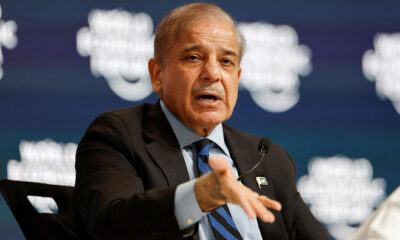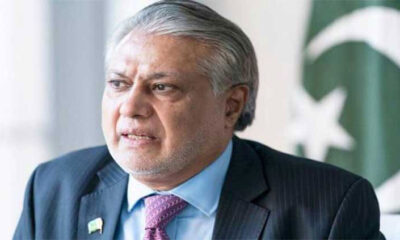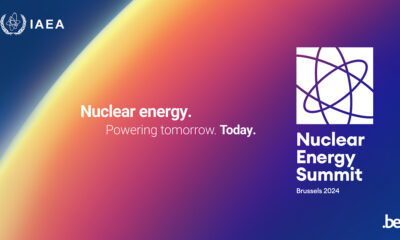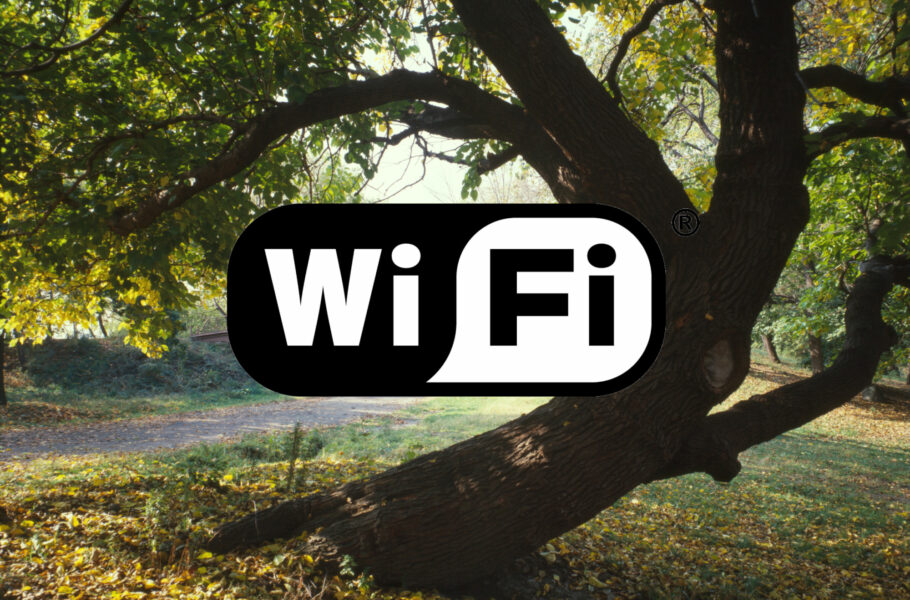Tech
Microsoft expands AI infrastructure with CoreWeave investment

Latest News
The green colour of WhatsApp ‘angers’ some users.
Latest News
Punjab will provide fifty thousand solar kits.
Pakistan
There will be free WiFi in public parks.
-

 Latest News1 day ago
Latest News1 day agoThree injured and two died in a Punjabi road accident
-

 Latest News2 days ago
Latest News2 days agoPM Shehbaz will meet with Saudi ministers and speak at the WEF special session today.
-

 Latest News2 days ago
Latest News2 days agoIn KP rain-related incidents, ten people died.
-

 Latest News2 days ago
Latest News2 days agoPunjab takes action against factories that generate smoke.
-

 Latest News2 days ago
Latest News2 days agoThe nomination of Ishaq Dar as deputy prime minister raises concerns.
-

 Latest News2 days ago
Latest News2 days agoThe green colour of WhatsApp ‘angers’ some users.
-

 Latest News2 days ago
Latest News2 days agoFarmers in Punjab file a lawsuit before the LHC, challenging the government’s unwillingness to purchase wheat.
-

 Business2 days ago
Business2 days agoOver 500 points are lost by PSX stocks during intraday trading.























